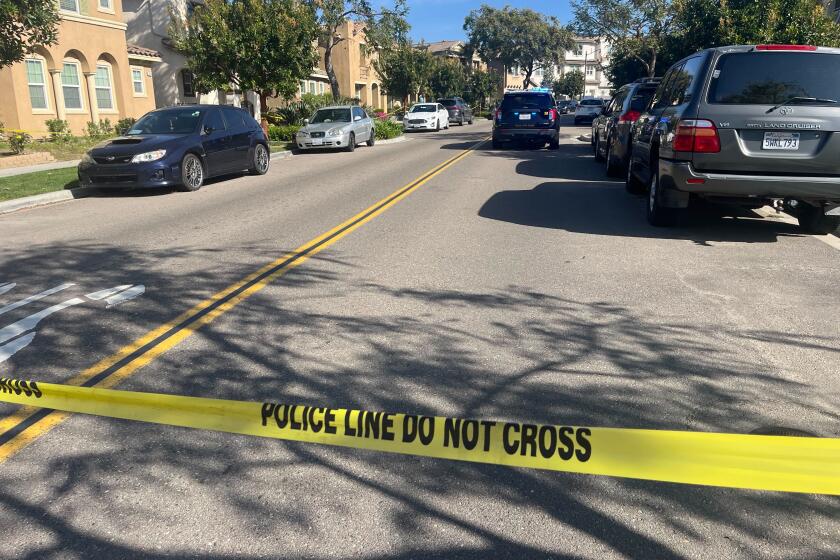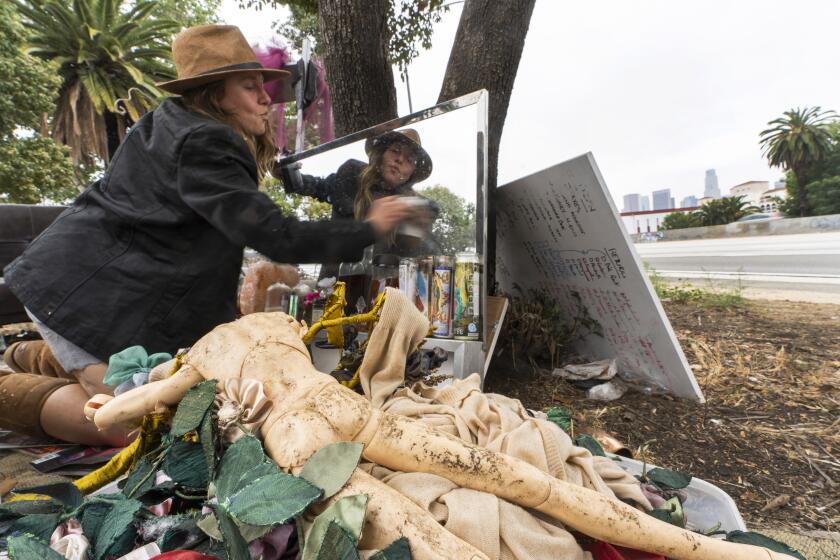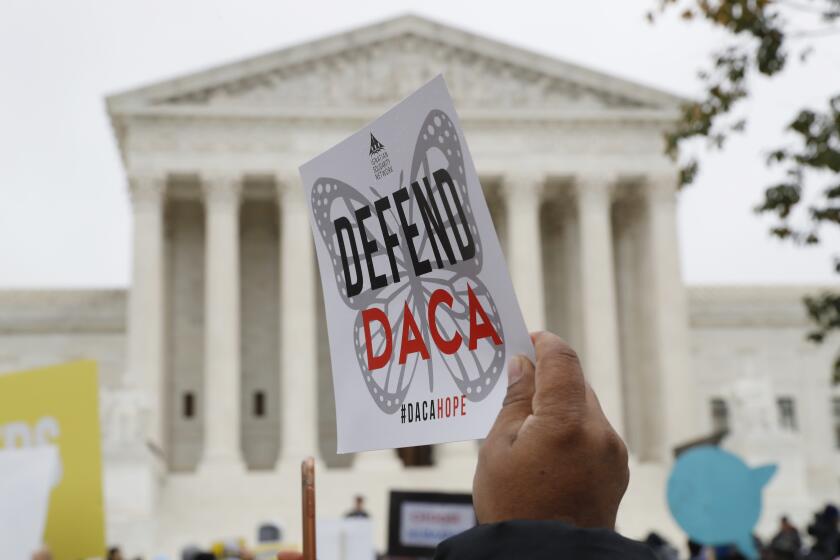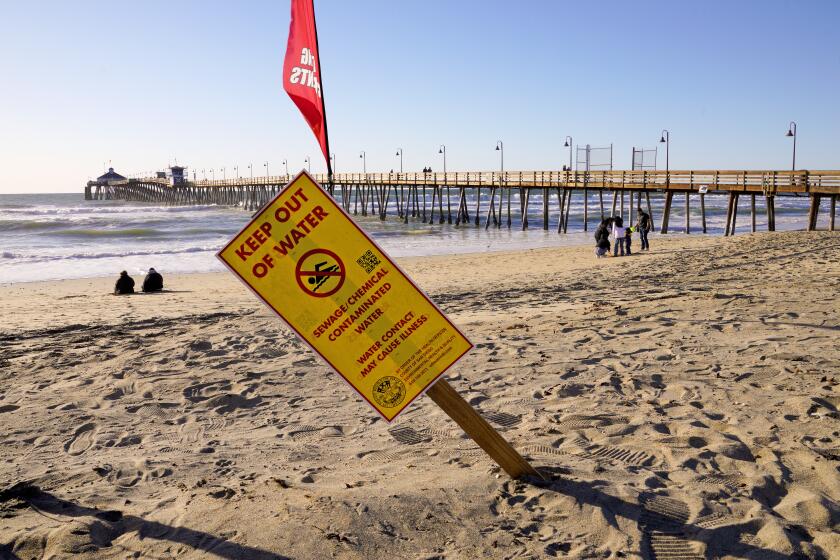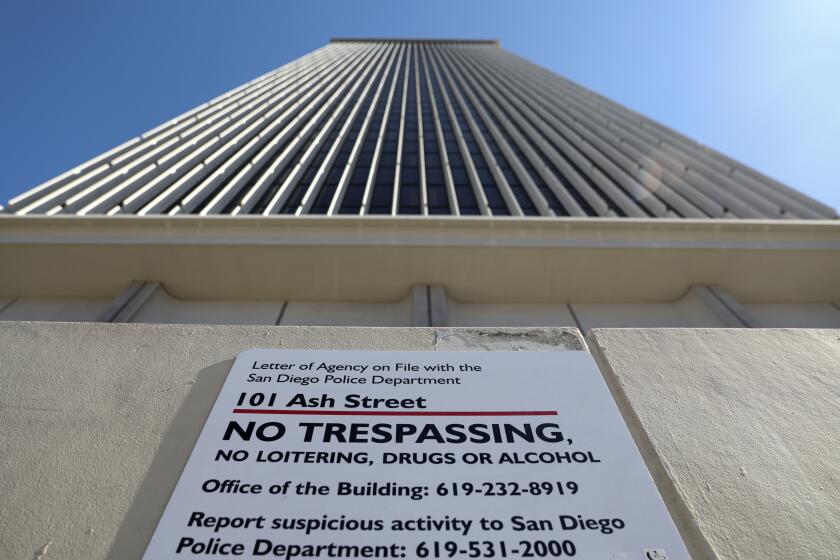Opinion: California State University students are getting a crash course in the housing crisis

An estimated 8 percent to 12 percent of CSU’s then-460,000 students were homeless, and that 21 percent to 24 percent were “food insecure.”
The editorial board operates independently from the U-T newsroom but holds itself to similar ethical standards. We base our editorials and endorsements on reporting, interviews and rigorous debate, and strive for accuracy, fairness and civility in our section. Disagree? Let us know.
The toll that heavy housing costs take on Californians took center stage in 2011 when the Census Bureau first reported that the Golden State was the most impoverished in the nation, based on a new gauge that included cost of living. The extent of poverty in the state that likes to bill itself as the wealthiest in the nation was further hammered home in 2016 by the results of a massive study commissioned by California State University, the nation’s largest four-year college system. It found that an estimated 8 percent to 12 percent of CSU’s then-460,000 students were homeless, and that 21 percent to 24 percent were “food insecure” — unsure on a daily basis if they would have enough to eat.
“This is a gasp, when you think about it,” then-Cal State Chancellor Timothy P. White said in announcing the findings. CSU went on to either create or add funds to numerous programs designed to get students’ needed aid, shelter and food, including setting up food pantries with free meals.
But there is no evidence that these moves have helped except on the margins. Homelessness and food insecurity among CSU students remain as high as ever, according to a late 2021 analysis, and this subset of the California housing crisis doesn’t get nearly the attention it deserves. Even when students are packed like sardines into shared homes, many can barely afford their share of rent. And CSU programs designed to help seem less effective than they should be when carefully examined. This week, EdSource reported on a new plan that a CSU official said would help keep students from having “to make a choice between either living or learning.” It involved adding $10 million in funding to help meet the basic needs of CSU’s now-477,000 students at 23 campuses — about 50,000 of whom are homeless, and about 100,000 of whom are often hungry. At San Diego State University, some 500 of its 30,000 undergraduates might get up to $1,000 each this year.
The inadequacy of this gesture is obvious. But the problem it inadequately replies to mostly isn’t of CSU’s making. That’s on the local and state policymakers who haven’t been able to bring down the cost of shelter by adding much more of it despite years of rhetoric. This failure creates a painful irony: Colleges are supposed to prepare students for the rest of their lives, and they definitely are in California. Many of its college students are being prepared for lives of deprivation, or lives in other states using skills learned in one less and less golden.
Get Essential San Diego, weekday mornings
Get top headlines from the Union-Tribune in your inbox weekday mornings, including top news, local, sports, business, entertainment and opinion.
You may occasionally receive promotional content from the San Diego Union-Tribune.

